In conversation with Dr. Jürgen Wilder: “The mobility sector is undergoing a systemic transformation”
What expectations is Knorr-Bremse Executive Board member Dr. Jürgen Wilder taking with him to InnoTrans, the world’s biggest rail industry trade fair? And how is the Group responding to the most pressing mobility issues of the future?
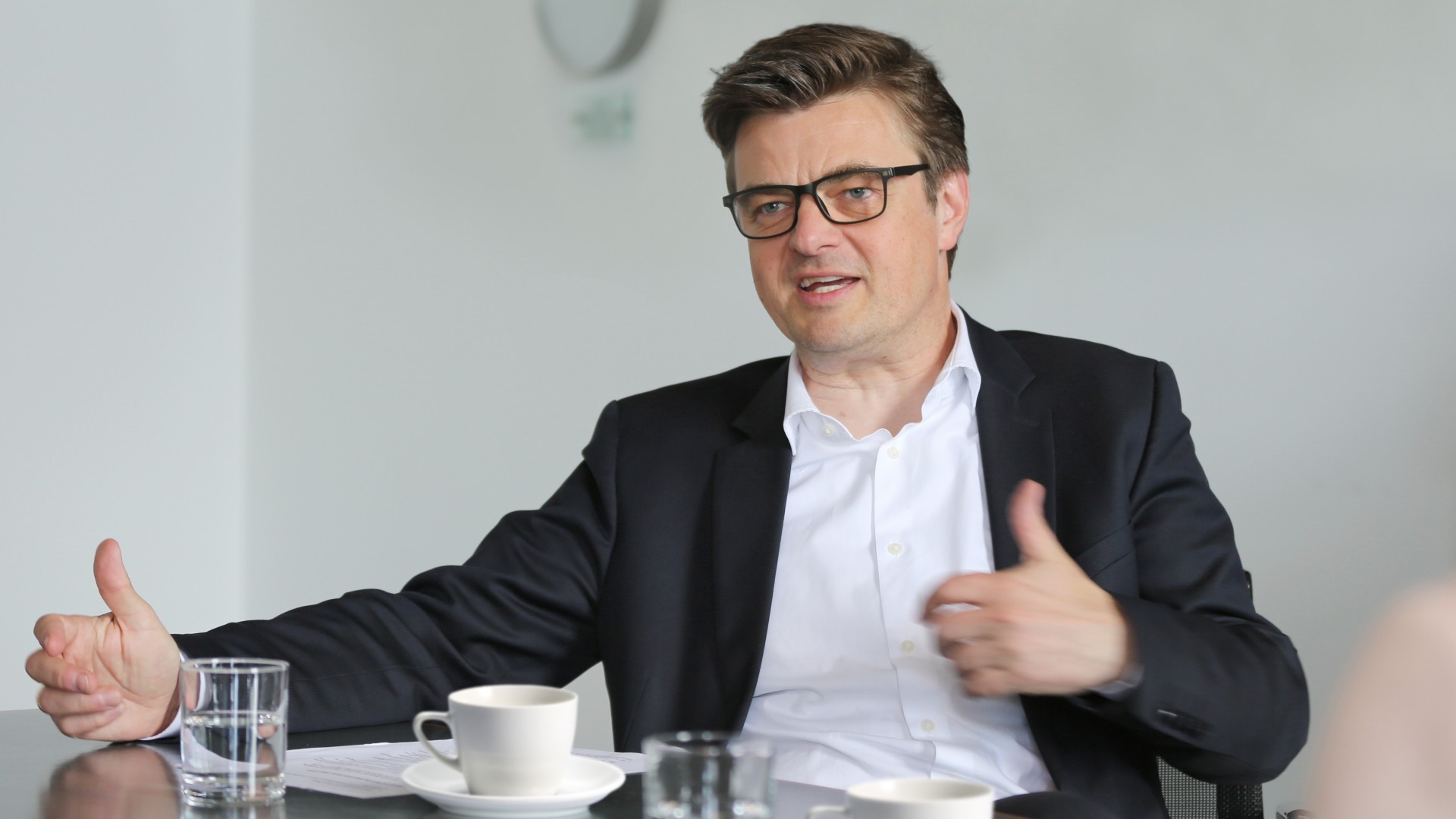
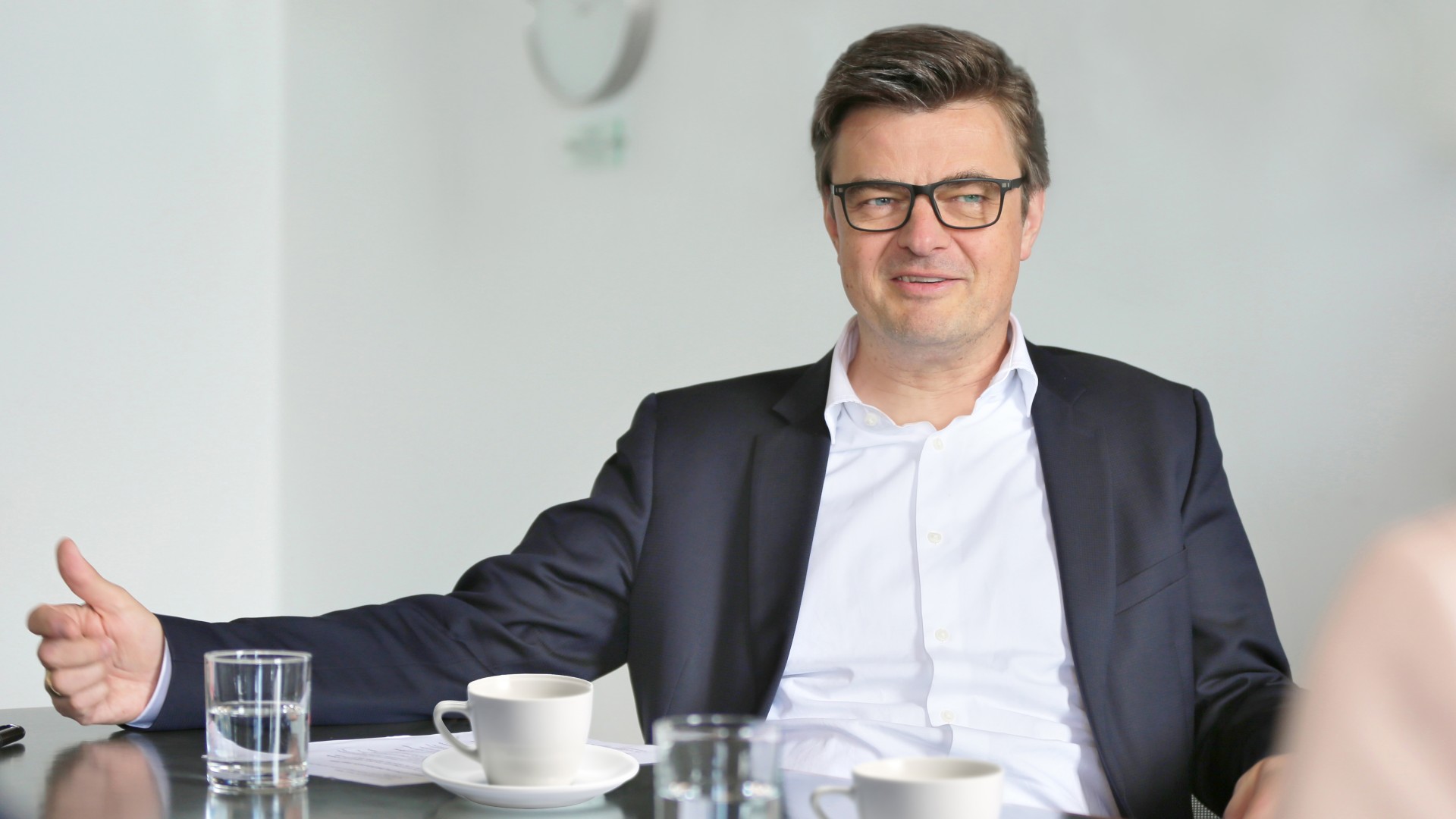
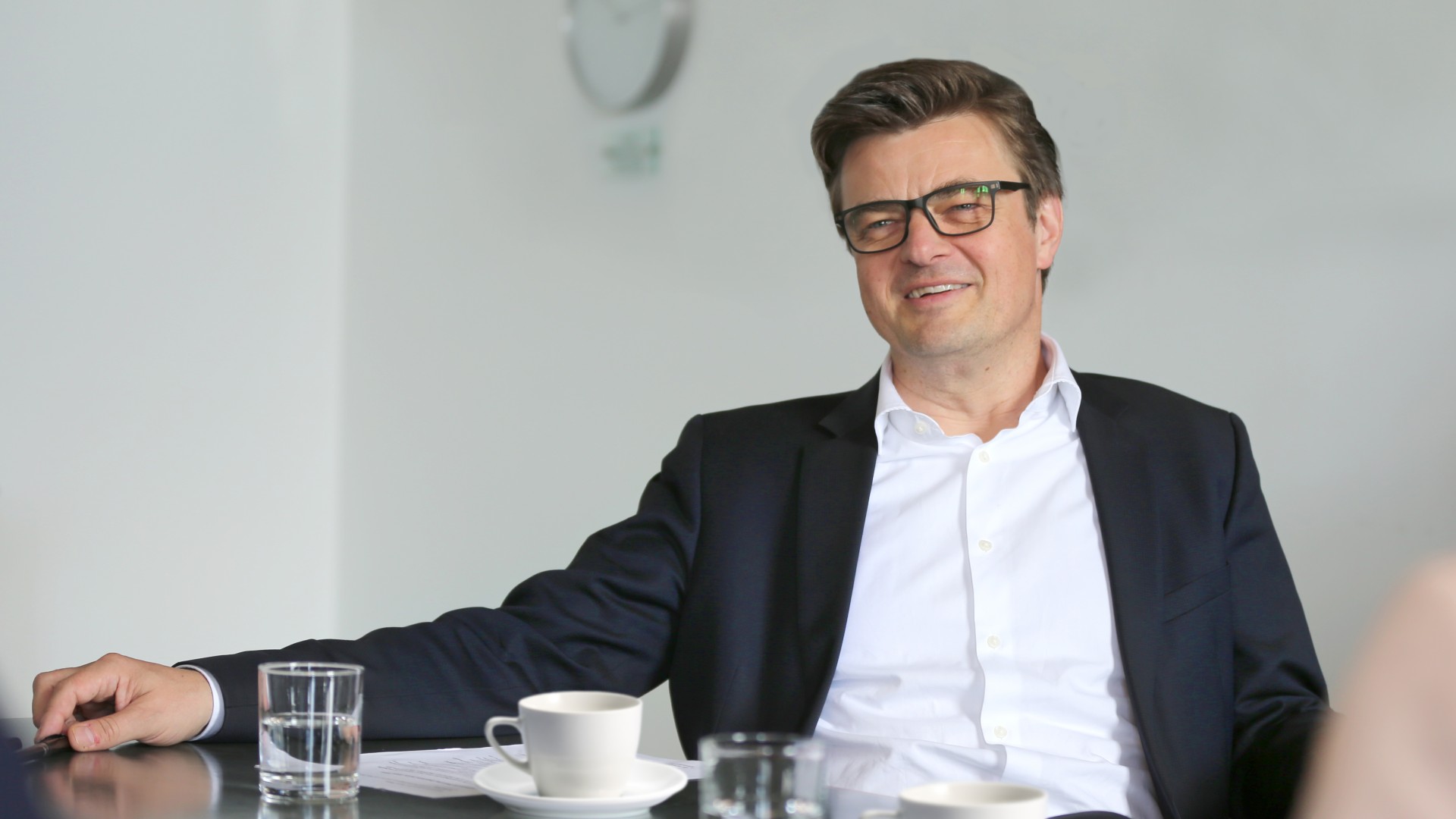
Dr. Wilder, it’s been four years since the last InnoTrans trade fair. Now the rail industry is coming together again in the German capital. What are you most looking forward to?
I often find myself thinking of our industry as one big family. When you haven’t seen each other in a while, you really enjoy meeting up again. Especially this year! While we’ve all made personal progress over the past couple of years, many of us have only been able to meet virtually after the pandemic forced the cancellation of the last trade fair. At the same time, the industry has made huge strides forward, many of them in the form of pioneering innovations. I’m very much looking forward to discussing these developments with our colleagues and partners – not least because we’ll finally be talking to each other in person again.
This year’s trade fair is happening at a time of profound change for the entire rail sector…
… that’s quite right. On the one hand, the whole world needs to drastically cut carbon emissions. On the other, there’s a steadily growing demand for passenger and freight transportation. That’s why the rail sector in particular is so relevant to so many global systems – and why it’s coming under so much pressure to change. We need highly innovative solutions to make rail travel and transportation more reliable, more connected, safer and cleaner – as well as more comfortable and efficient. On our stand at the trade fair, we’ve created a whole experience to showcase the many ways Knorr-Bremse is tackling these challenges and helping to overcome them.
The Knorr-Bremse trade fair stand is focused on four solution spaces. What’s the idea behind this approach?
We believe it’s vital to focus on the big picture. That’s why we’ve arranged our responses according to the four major challenges currently facing rail mobility – challenges that are inextricably linked to the needs of rail vehicle manufacturers and operators. First, how can they cut energy consumption and emissions and so reduce their environmental footprint? By choosing our new climate control solutions, for example, or our on-demand (hence much more energy-efficient) air supplies for braking systems. Second, how can they boost their traffic flow and streamline passenger flows? By opting for our continually evolving braking technologies or cutting-edge entrance systems. Third, how can they raise the efficiency of their train operations and maintenance to a whole new level? By using our process optimization and remote diagnostics tools. And finally, because digitalization and new technologies are more interdependent than ever before, we’re offering Smart Solutions for all these core areas of activity, in the form of smart applications, functions and services.
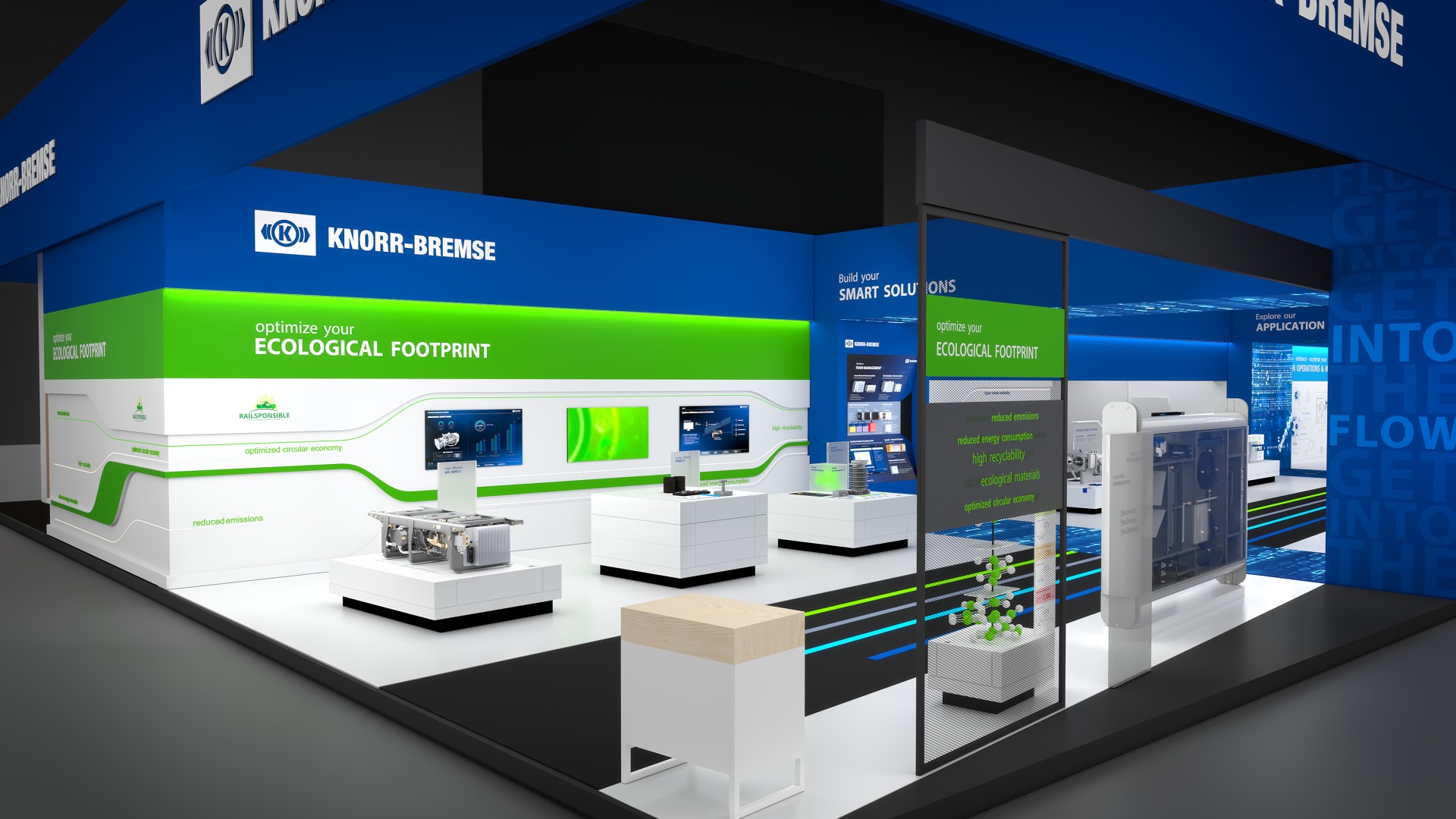
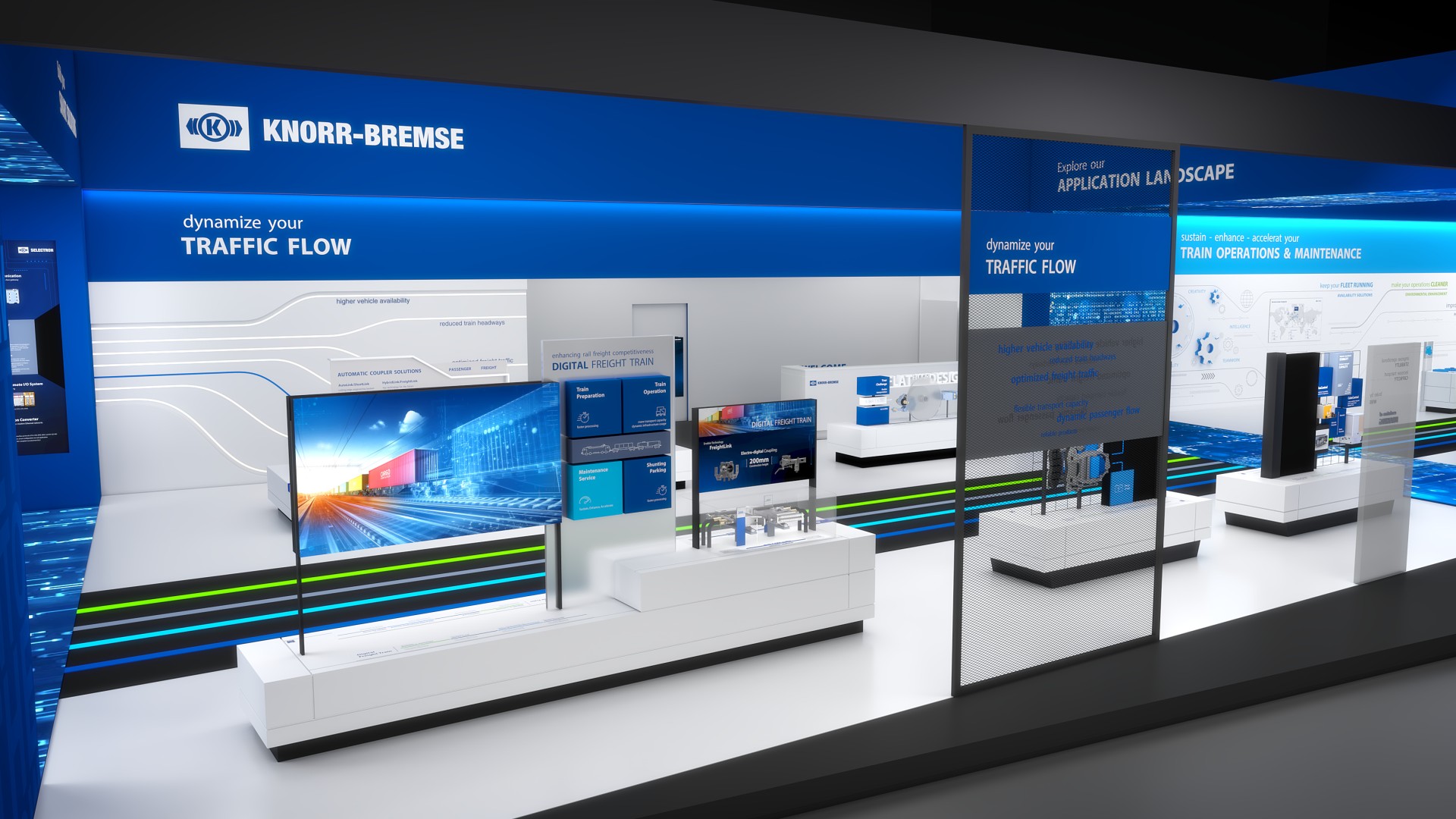
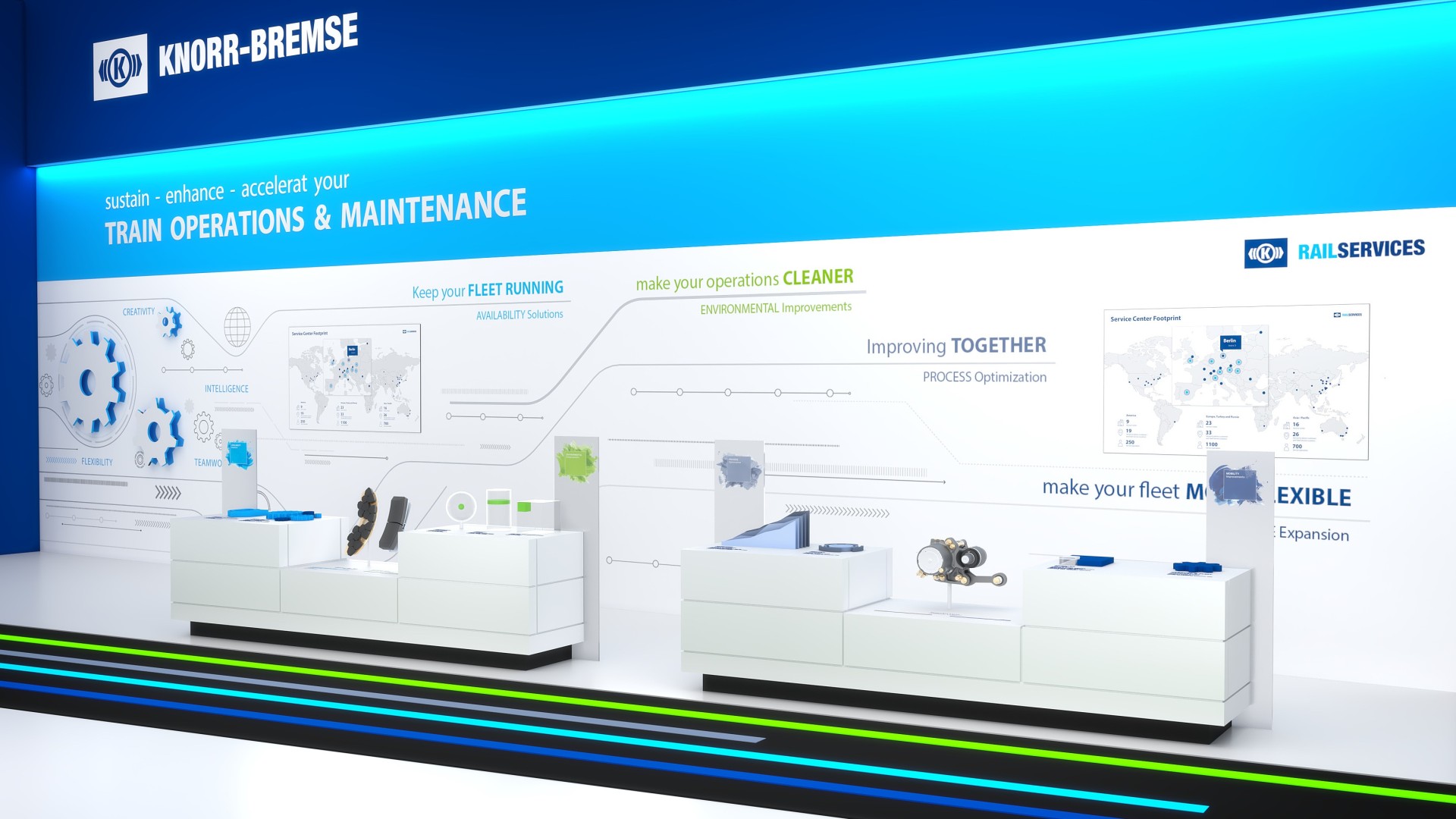
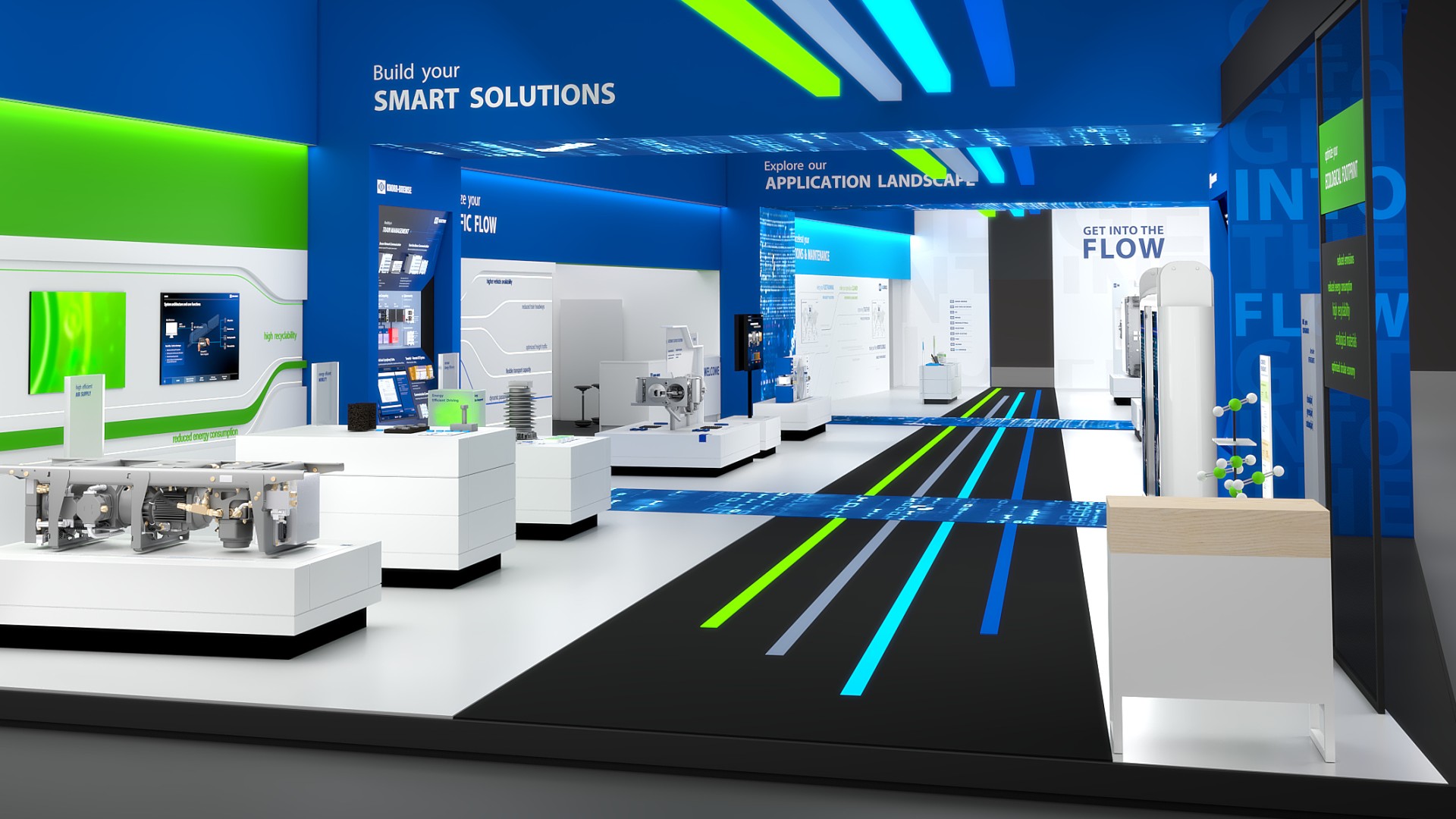
What does all this mean for customers?
It means we’re well aware that there’s no such thing as a standard, one-size-fits-all solution. That’s why we’re offering our customers an ecosystem of assets – to enable them to put together their own tailored, optimized package of solutions by selecting products, systems and services from all four of our solution landscapes. The defining issues here are automation, connectivity and big data. We’ve ensured that our entire ecosystem is tightly integrated, based on end-to-end compatibility. Anyone who buys from us is effectively taking the risk out of their portfolio.
What developments is Knorr-Bremse backing to ensure that rail remains competitive in certain areas, and becomes competitive in others?
Digitalization and automation are opening the floodgates to major surges of innovation, which we’ll see over the next few years. Very soon, there won’t be any train functions left that aren’t based on fully integrated digital subsystems. With our in-depth knowledge, our domain-specific skills in mechanical engineering and mechatronics, and our digital expertise, we’re ready to take the next big steps forward. Trains fitted with our Reproducible Braking Distance (RBD) system will brake more precisely than ever, even in adverse conditions. This means that the frequency of train services can be increased, so more people can travel on existing lines. And with our digital freight train, we’re driving forward the – urgently needed – transformation of the rail freight sector. Our automated solutions and processes, such as the Digital Automatic Coupler (DAC), are making rail freight more predictable, faster, and more flexible – and those are the key attributes of the end-to-end mobility chains that will be so important in the future.
Talking about reproducible braking distances and smart freight trains – what’s the state of play at Knorr-Bremse?
Our development work on the RBD system has just culminated in a real-world operational simulation on Hamburg’s commuter rail network. And yet again, the results have underscored our solution’s enormous potential. It’s becoming clear that RBD can help increase train frequency and so boost network capacity, especially if it’s used in tandem with, for example, other automated train operation (ATO) technology. And we’re just about to launch an automated brake testing trial with a German rail operator – a freight train equipped with our automation system is due to start operating in 2023.
Final question: Where do you see the rail industry in ten years’ time?
The mobility sector is undergoing a systemic transformation. Large parts of our rail infrastructure were built in the middle of the last century – and then underfunded for decades. But now governments have started reinvesting in a strong, efficient rail sector. And so they should, because our existing rail networks have enormous potential. Politicians, businesspeople, the general public – so many people have already seen the signs and realized that sustainable mobility should rely on a rail-based backbone. Soon, it will be axiomatic. So when I think about the future of the rail industry, I feel no anxiety at all – quite the opposite, as it happens!